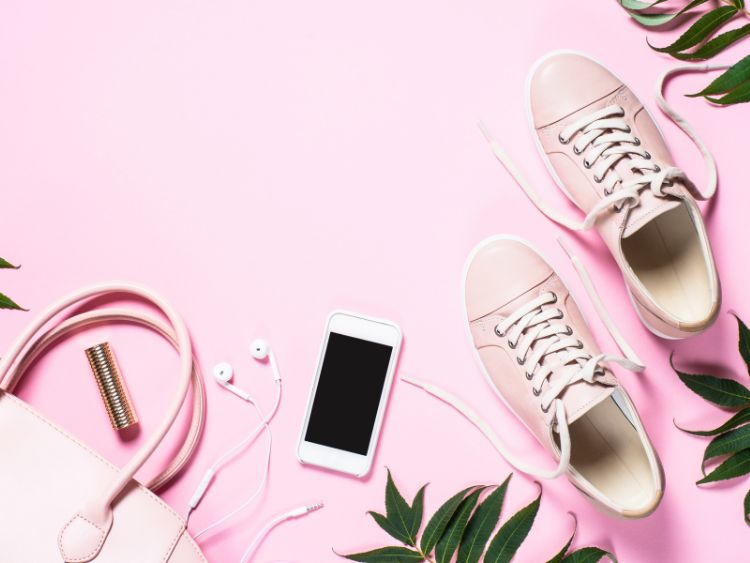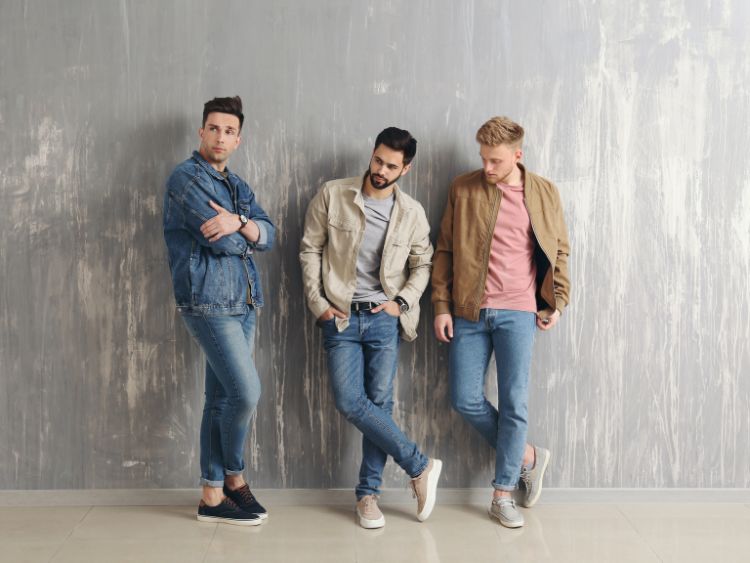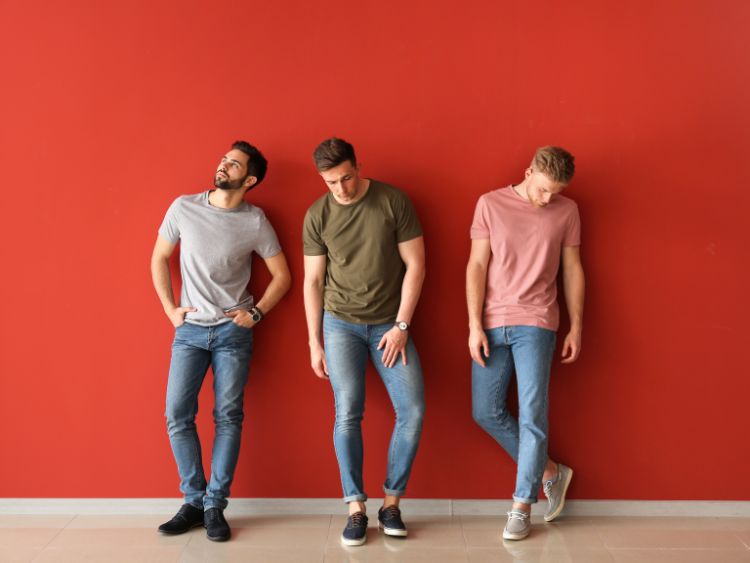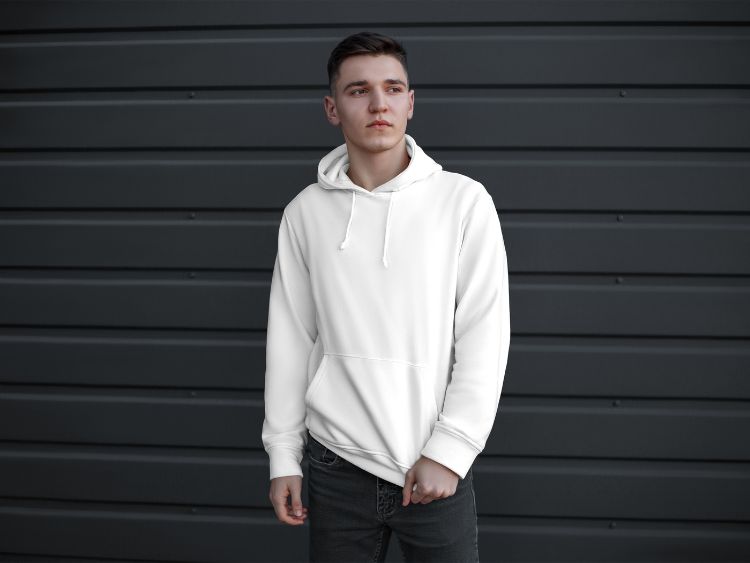The 1970s was a time when fashion truly reflected the free-spirited, eclectic nature of the era. From bell-bottom jeans to flowy bohemian dresses, the ‘70s was all about pushing boundaries and breaking away from the clean-cut looks of previous decades. This vibrant period embraced individuality, creativity, and self-expression, making it a time when everyone could experiment with style. If you’re ready to take a walk down memory lane, let’s explore the unforgettable trends of 1970s fashion that left a lasting legacy.
The Rise of 1970s Fashion: Setting the Stage
Fashion in the 1970s was like nothing the world had seen before. The post-war era of conformity was long gone, and the youth culture of the ‘60s had paved the way for an explosion of color, texture, and creativity. With influences from music, counterculture movements, and global exploration, the ‘70s saw the birth of fashion that celebrated individuality.
Key Influences on 1970s Fashion
- Music: The rise of rock ‘n’ roll, disco, and punk rock heavily influenced how people dressed.
- Politics: The ongoing civil rights movement and feminist wave encouraged non-traditional styles.
- Counterculture: The hippie movement, which started in the late ‘60s, continued to inspire bohemian fashion choices.
Transitioning from conservative looks, fashion in the 1970s became a tool for social rebellion and personal identity. Let’s break down some of the most iconic fashion moments of the decade.
Iconic Trends of 1970s Fashion
1. Bell-Bottoms: A Denim Revolution
If there’s one trend synonymous with 1970s fashion, it’s the iconic bell-bottom jeans. This wide-legged denim style was embraced by both men and women, thanks to its relaxed yet bold look. Bell-bottoms flared out dramatically from the knee, often paired with platform shoes, giving the wearer a leg-lengthening silhouette.
Why were they so popular? Well, bell-bottoms were versatile, allowing for easy movement while making a statement. From casual daywear to late-night disco dancing, these jeans were the ultimate symbol of 1970s cool.
Fun Fact:
The popularity of bell-bottoms was so widespread that they even made their way into school dress codes, although some institutions pushed back against the bold style.
2. The Hippie Influence: Bohemian Chic
While the hippie movement started in the late ‘60s, its influence on fashion really peaked during the early 1970s. Flowy dresses, fringe vests, and floral prints dominated wardrobes. This bohemian style was all about embracing nature and freedom, with loose, comfortable clothing that reflected the wearer’s carefree attitude.
- Peasant blouses were a staple, often paired with maxi skirts or bell-bottoms.
- Fringe was everywhere—from jackets to bags—giving outfits a textured, handmade look.
- Tie-dye made its bold mark, adding vibrant splashes of color to everything from T-shirts to headbands.
3. Disco Fever: Glitter, Glam, and Gold
As the 1970s progressed, disco music exploded onto the scene, and with it came the glitz and glam of disco fashion. Nightclubs like Studio 54 became fashion playgrounds, where people flaunted their most extravagant outfits.
Disco fashion was all about shimmer and shine:
- Sequined dresses that caught the light with every dance move.
- Tight jumpsuits paired with sky-high platforms.
- Satin, metallics, and bold colors were the fabrics and hues of choice.
This era wasn’t just about the clothes—it was about the attitude. Confidence was key, and disco fashion was a way to show off that bold energy.
4. Punk Rock Rebellion
On the opposite end of the spectrum, punk rock also had a huge influence on 1970s fashion—especially in the latter part of the decade. Bands like the Sex Pistols inspired a raw, rebellious look that rejected mainstream trends. Torn T-shirts, leather jackets, and safety pins as accessories defined the punk style.
- Black leather became synonymous with the punk movement.
- Doc Martens boots were a footwear staple, both practical and a statement of nonconformity.
- Studded belts and spikes added an edgy, tough vibe to outfits.
Punk fashion wasn’t just about style—it was a protest against the commercialization of fashion and society’s expectations. It was loud, gritty, and unapologetic.
1970s Fashion in Everyday Life
While the runways were exploding with bold and extravagant styles, everyday fashion in the 1970s had its own charm. For the average person, clothing was about comfort and expression. While some embraced the glittering disco nights, others stuck to the more laid-back bohemian or preppy looks.
Wardrobe Staples:
- Turtlenecks: A simple yet stylish piece that could be layered under blazers or paired with jeans.
- Platform Shoes: Whether for day or night, platforms added height and flair to any outfit.
- High-Waisted Jeans: Another denim trend, high-waisted jeans gave a flattering fit and were often worn with tucked-in shirts or crop tops.
FAQs About 1970s Fashion
- What were the main fashion influences of the 1970s?
The 1970s were influenced by various cultural movements, including the hippie and punk movements, disco, and rock music. Political changes, the rise of feminism, and the civil rights movement also played roles in shaping the fashion landscape. - Why were bell-bottoms so popular in the 1970s?
Bell-bottoms offered a unique silhouette that was both comfortable and bold. Their versatility and ability to make a fashion statement made them incredibly popular across genders. - How did punk fashion differ from disco fashion in the 1970s?
Punk fashion was raw, rebellious, and anti-establishment, characterized by leather, spikes, and torn clothing. In contrast, disco fashion was all about glam, glitter, and shine, with sequined outfits and extravagant jumpsuits taking center stage. - Did men and women wear similar styles in the 1970s?
Yes, many trends like bell-bottoms, platform shoes, and denim jackets were worn by both men and women. The ’70s embraced unisex styles, allowing both genders to express themselves through fashion freely.
The Enduring Legacy of 1970s Fashion
The influence of 1970s fashion can still be seen today, from the return of bell-bottoms (now known as flared jeans) to the ongoing popularity of bohemian and vintage-inspired styles. The ‘70s gave birth to the idea that fashion could be anything you wanted it to be—bold, understated, rebellious, or glamorous. It was a time when self-expression was king, and that spirit lives on in modern fashion trends.
Authoritative Sources:
- www.vogue.com/fashion-history/1970s
- www.history.com/topics/1970s/fashion-in-the-1970s
- www.britannica.com/topic/history-of-fashion-the-1970s



